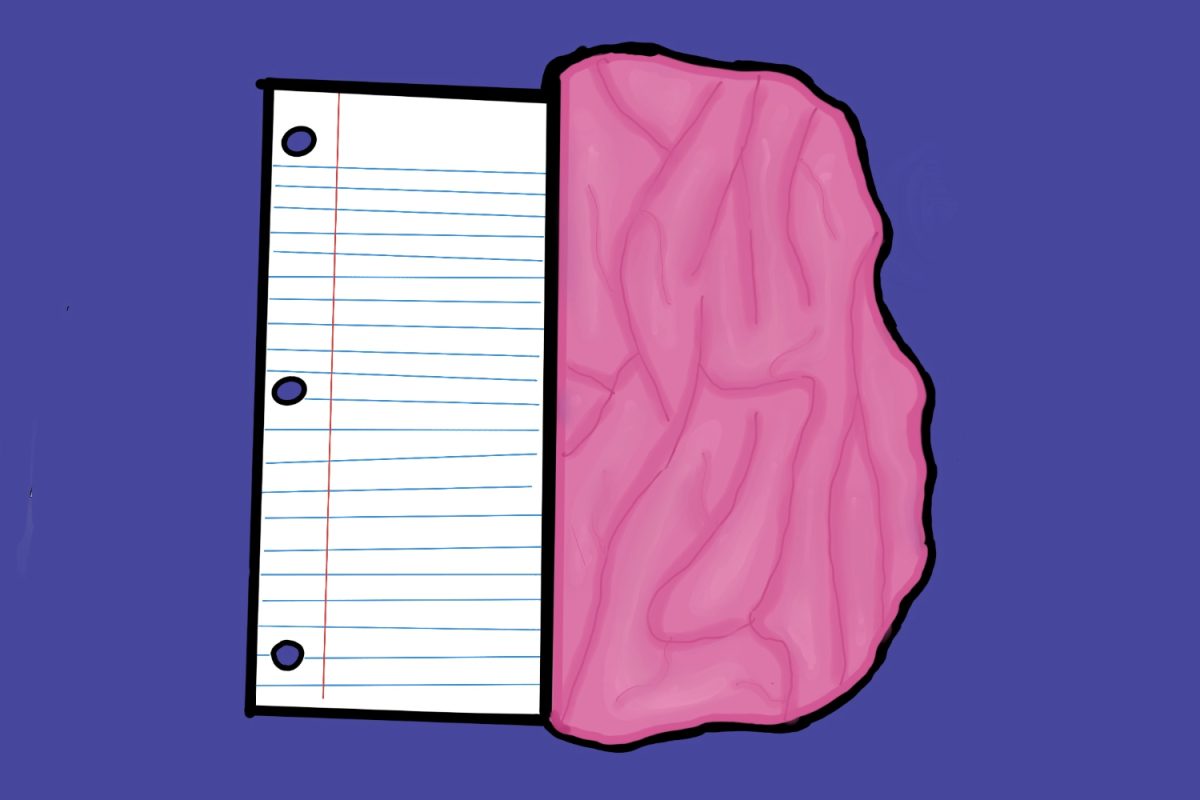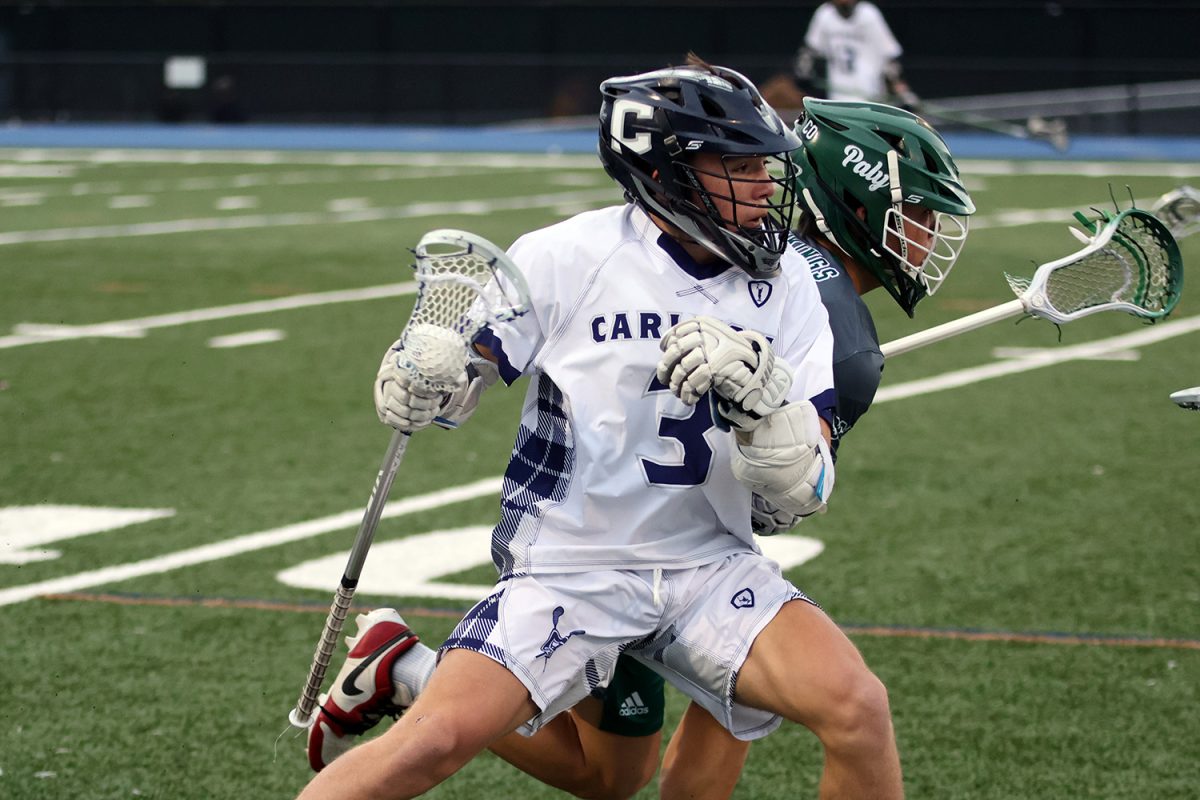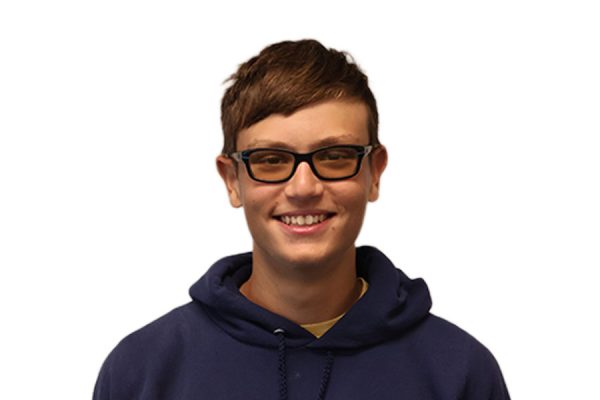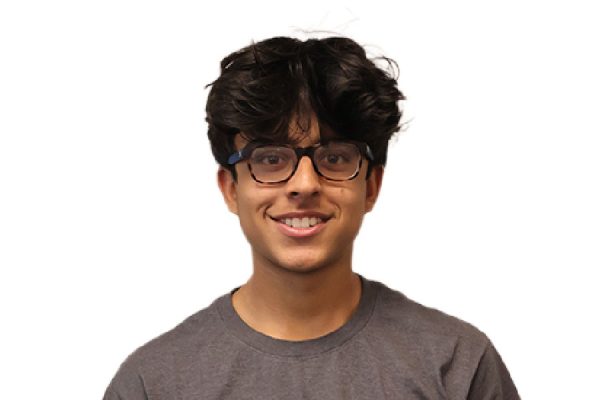One out of three.
That’s the amount of people who prefer diversity in their learning styles. However, learning environments are not always flexible enough to meet those preferences, according to VARK research.
All instructors teach differently but must ensure they present information in an accessible way to all students for deep understanding and application of concepts. From lecturing to asynchronous reading, students prefer different styles of learning to suit their needs and maximize instructional time. Because of this, both teachers and students have to adapt to each others’ needs and flexibility.
Evangelina Chavez works as the teacher of record for the Learning Center at Redwood Shores Elementary School and has had experience as a paraprofessional.
“Each teacher has their teaching style, but the one thing that’s very common to all is that they have visuals. They have different modes of representation,” Chavez said.
Instructors try their best to understand the learning needs of their students and use those to ensure the best quality of education. All students have educational preferences and conditions, and teachers must try their best to set their students up for success.
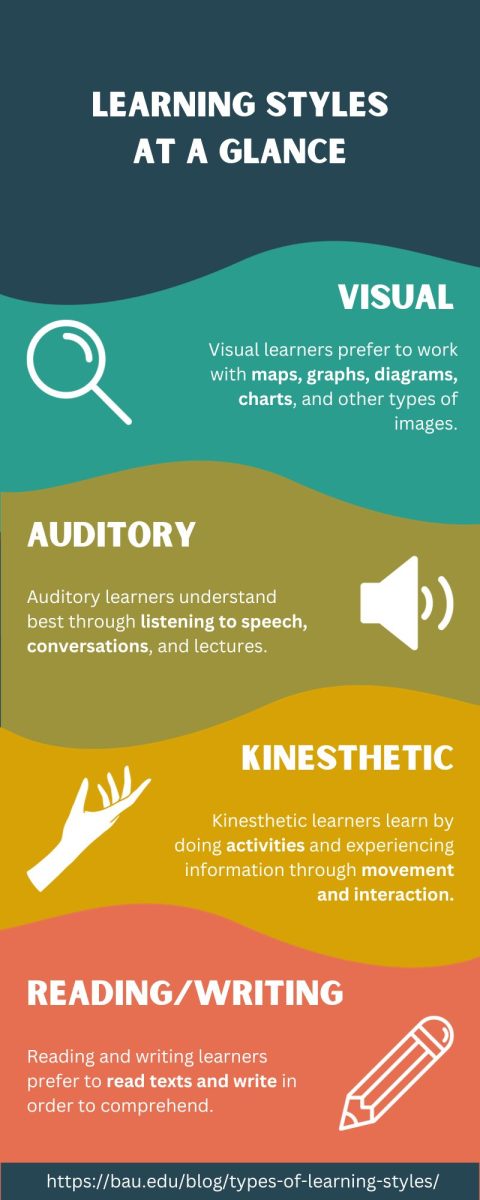
“Teachers are encouraged to do surveys with students at the beginning of the year to understand the best way they access learning,” Chavez said. “When teachers get their classroom list, they know how many of their students have Individualized Education Programs (IEPs), and students’ areas of weakness.”
According to the Teaching Channel, four main types of learning are most common in education systems. These include visual, auditory, kinesthetic, and reading and writing learners. A student does not need to have a single preference, and only 34% of people have one, according to VARK research.
Teachers start learning about types of education models throughout their prerequisites as they prepare to teach in the classroom. The California Commission on Teacher Credentialing states that teachers must complete undergraduate programs, graduate programs, and testing requirements before applying for jobs.
“You start right off the bat learning about background information. After spending a lot of time focusing on special education, I’ve realized that there are four main types of learning styles,” Chavez said.
Some of the most important effects of different learning styles are on the students. Harun Yasar, an eighth grader at Ralston, would like to see more hands-on learning experiences and opportunities for visual learning in the curriculum.
“Teachers most commonly use notes. We still do labs, but it’s as common as I would like,” Yasar said.
Different methods of getting information to students would also benefit them in the long term. Associating a visual or an experience with the concepts would make it much easier for students to retain information over a long period of time.
“The curriculum could be more interactive, and even if it isn’t a hands-on lab, it could be something that you can picture so that you can remember it more easily,” Yasar said.
Learning styles in the classroom
Dan Nguyen teaches Algebra II/ Trigonometry and Pre-Calculus at Carlmont High School. In addition to recently incorporating a binder check system to help his students stay organized, he also tries to ensure all his students are keeping up with the course.
“It comes down to lesson plan design. For visual learners, everything is done on the board. We try to make sure there are diagrams on problems that need them and represent concepts such as transformations graphically and not just through equations,” Nguyen said.
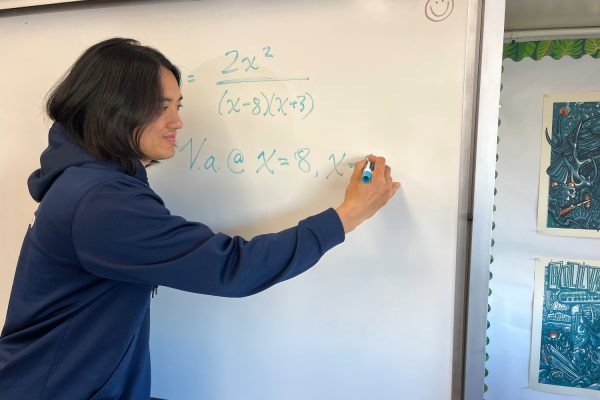
Nguyen also tries to incorporate review games to build community in his classroom.
“If I gave out worksheets, we would get through a lot more problems,” Nguyen said. “When we play a game in class, students gain a sense of classroom community, which pays off later. You sacrifice a little bit on those days but get it back in the long term.”
Nguyen tries to overcome obstacles by encouraging teamwork to help his students understand the material better. Because students learn at different paces, he has to ensure the class stays on pace and learns the course content.
“The challenge is presenting information that is accessible and understandable but still engaging and challenging for students. Letting students work together in the classroom helps them process it and make that knowledge their own in a way,” Nguyen said.
The language classes at Carlmont also incorporate various styles of education. In a language class, students must learn to understand, listen, speak, read, and write. Ricardo Garcia teaches Spanish I and AP Spanish at Carlmont, highlighting the importance of participation in a language class.
Every day, we use equity cards, and I try to pick five students at the beginning and five at the end of class. In a few days, I’ve gone through every student,” Garcia said.
According to Garcia, languages can be complex because students can master one area, but they can do poorly in another.
“You have to be patient. I always try to gauge the students to make sure they’re learning while keeping the content fun and age-appropriate,” Garcia said.
At Carlmont, music, dance, and art programs take education beyond the classroom, giving students opportunities for unique experiences. According to Brian Switzer, the music director of the Carlmont Instrumental Music program, music allows students to be passionate about something with friends they make along the way.
“It’s really important because it’s deep and consistent, you’re working together, and it’s not competitive. A shared common goal is important for humans to understand they’re doing something worthy of their time and investment,” Switzer said.
Playing music as part of an ensemble and even on their own allows students to grow as individuals and learn valuable life lessons.
“People learn how important they are to themselves. It’s an important lesson, and music leads us to a transcendent realization,” Switzer said.
Beyond the basics
Different learning styles apply throughout all levels of education. Daniel Meier, a professor in Elementary Education at San Francisco State University (SFSU), uses writing to make teaching easier and learning better for his students. He tries to adapt to situations to make sure the students comprehend the material comfortably. 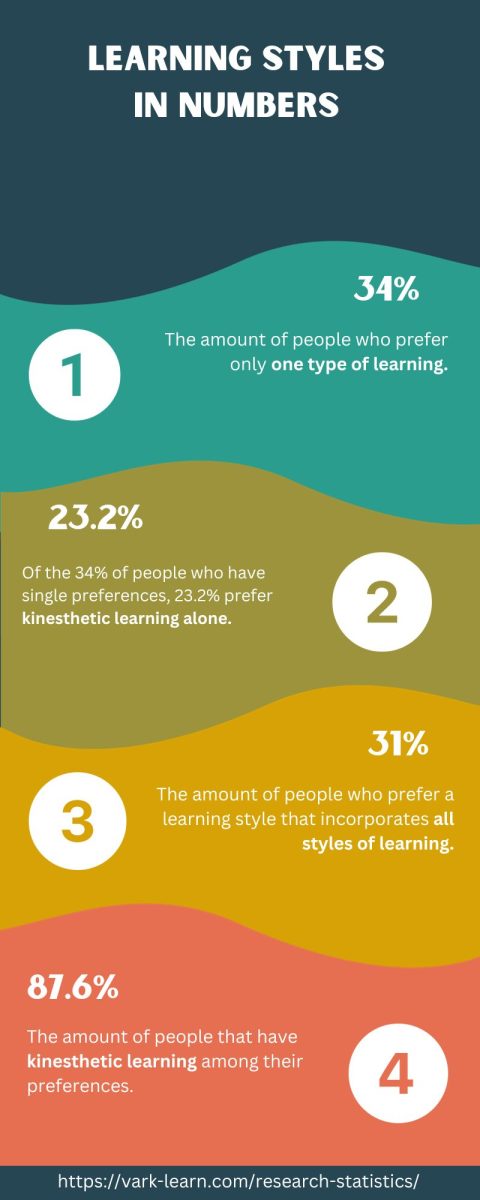
“When I can’t find a book that I can use for my class, I try to write one and then provide it to the students in my courses,” Meier said. “I can communicate with others and have a broader audience.”
Meier also looks at things from his students’ perspective and ensures they see an effort being put into their education.
“It’s important for students to see that their instructors are committed to presenting their ideas,” Meier said. “I’m using books I’ve written and edited, and I can pinpoint particular chapters for reference.”
Various organizations strive to make education accessible and applicable in learning environments. The Council for Exceptional Children (CEC) is the largest international organization that works with professional development to improve the success of students with disabilities, gifts, and talents.
According to Laurie VanderPloeg, the organization’s associate executive director, the CEC tries to convey the importance of universal accessibility for their Key High Leverage Practices.
“The important piece about the high leverage practices is they are evidence-based practices for all learners and using them universally with any instructional delivery or curriculum support,” VanderPloeg said.
Additionally, understanding the different levels of experience and knowledge in the field of diverse educators is crucial to educators’ development.
“One of the most important pieces is looking at providing professional learning opportunities for everyone at their level and understanding that it’s not a one size fits all and that the professional development that we roll out at CEC almost has to be tiered,” VanderPloeg said.
However, challenges still arise concerning learning environments. According to Chavez, flexibility in learning and universal applications in education can be difficult for teachers to adapt to.
“You may have a student who may not be able to write about what they learned but may be able to draw it and talk about it,” Chavez said. “The challenge is if the classroom doesn’t allow for different modes of representation, it makes learning more difficult.”
Sevgi Carefoot works with students with moderate to severe learning disabilities at Carlmont. According to her, it is teachers’ responsibility to do their best to offer ways of accessibility to material for all students.
“Because this is our job, we have to offer different things for all learning styles. For visual learners, we have slides, talk, and read about the content. We present information to auditory learners, and kinesthetically, we have to provide opportunities to do hands-on work,” Carefoot said.
There have been many developments in the different learning styles, and educators have discovered more about themselves as well, according to Chavez. She has also experienced this after becoming more educated about learning styles.
“Now that we’re more aware of how teachers can help students make a connection to the information we’re giving them, they are making lots of changes in their classrooms,” Chavez said. “I’ve always thought I was a visual learner. But after reading all the research studies, I believe I’m a learner of all types combined.”
According to Chavez, the Universal Design of Learning (UDL) would allow for more flexibility in the classroom and help make knowledge more accessible to all students. UDL provides a flexible learning environment that overcomes unnecessary challenges in learning to make the overall process more manageable. According to the Center for Teaching Innovation at Cornell University, it helps accommodate the needs of all types of learners and all learners in general.
“I am a big promoter of Universal Design for everybody, where we’re all accessing the same information, but we’re allowed to demonstrate our understanding and capability in a different method,” Chavez said.
Many changes can be made to improve the quality and effectiveness of education. Jennifer Vilfort works as a behavior program manager in the San Mateo Union High School District (SMUHSD), and she thinks the individual needs of students need to be considered throughout their schooling.
“One of the most important parts of education is concentrating on individualized learning instead of just group learning by changing the way you present things depending on how the kids take it in, so it’s more for the individual needs for kids,” Vilfort said. “There’s a lot of complex things to do with how learning styles and individualized education affect the progress of students and their success.”
Although teaching can be challenging, and teachers have to put effort into presenting information in an accessible manner, the results show.
“Students make small progress every day. I just love seeing it happen,” Carefoot said.

